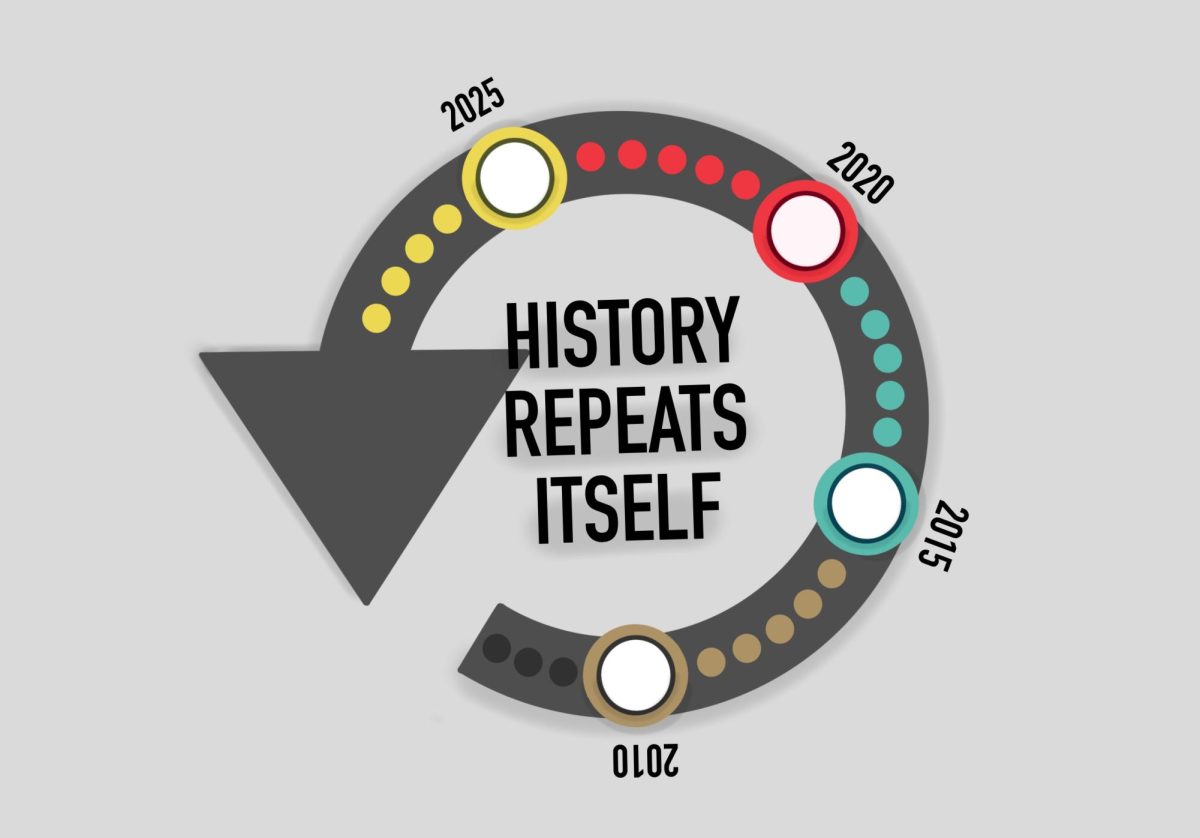Jamie Long, a Minneapolis attorney with experience in environmental policy, had an incredibly easy time getting his job at the U’s Energy Transition Lab this year.
He got to write much of his own job description, choose his hours and have the length of the job adapted to his inflexible schedule. The local McKnight Foundation would provide the funding, and Long would make a solid $44,600 for “disseminating scientific research on climate and energy policy” in between the five months his other job needed him.
That other job also explains how Long got those incredible perks; Long is a representative in the Minnesota State Legislature. And, his amazingly flexible and accommodating boss at the Energy Transition Lab? A former DFL state senator.
State Representative Jamie Long (DFL) is the assistant majority leader and vice chair of the House Energy Climate Division. He is no ordinary politician.
Rep. Long has since resigned and has been reassigned since media began asking questions about this position. But, his controversial fellowship delegitimized the University and tars the excellent work it has done on climate science. Clout isn’t a qualification for a job at the University.
How Long Got the Job
From the beginning, Rep. Long’s position stunk of corruption, emails provided to the Daily by the House GOP show.
The executive director of the Energy Transition Lab, prior to Sept. 10, was former state Sen. Ellen Anderson of St. Paul. That isn’t necessarily a bad thing. The Energy Transition Lab has a focus on creating practical solutions to carbon issues and Anderson is a former chair of the Minnesota Public Utilities Commission.
However, in her communication with Long, she abused her position and crossed the line into patronage.They began talking months before Long’s fellowship began in June, even while Long was still in his legislative session. Anderson wrote Long an email saying, “Any information you have about what would be optimal for you would be helpful.”
So, Long told her that he wanted to work four days a week and suggested numerous things that ended up in his job description, though not word-for-word.
When the job was posted online, Anderson let Long know. It sat for fourteen days. Six people applied and three interviewed. Long got the job, just five days after a warning to not rush the process from the U’s Human Resources Department, according to the Star Tribune.
In Plain Sight
To be clear, this did not violate University policy. The director of the Institute on the Environment, which runs the Energy Transition Lab, confirmed with the Star Tribune that it was within HR guidelines to design the job with Long in mind. The director also denied that Long would lobby other lawmakers for the Institute, despite Long suggesting a job description that would “Provide support for local and regional governments…” and “Pursue bipartisan strategies for … clean energy outcomes,” according to the emails.
In addition, the local foundation providing the money for the fellowship pulled out after the news about Long came out, saying its agreement clearly prohibited the use of the grant money for lobbying or legislative purposes.
The U is now using licensing revenues to fund Long’s time at the Energy Transition Lab, according to the Pioneer Press. It’s unrestricted revenue, so it can be used for this purpose, but it’s still University money that wouldn’t have originally paid for this fellowship.
In essence, Long stiffed the U and he also stiffed anyone who cares about climate science in this state. The controversy tars much of the University’s noble work on climate science.
It got the Republican state legislator who exposed his fellowship (his team provided the Daily Long’s email), Chris Swedzinski, some free paragraphs to repeat his anti-climate change hocus-pocus in the newspaper, too. After falsely claiming that human caused temperature change was “up for debate,” Swedzinski told the Pioneer Press, “I think we should get away from the issue.”
The trouble is, why did Long, Anderson, and the Institute on the Environment ever have to make it one?














